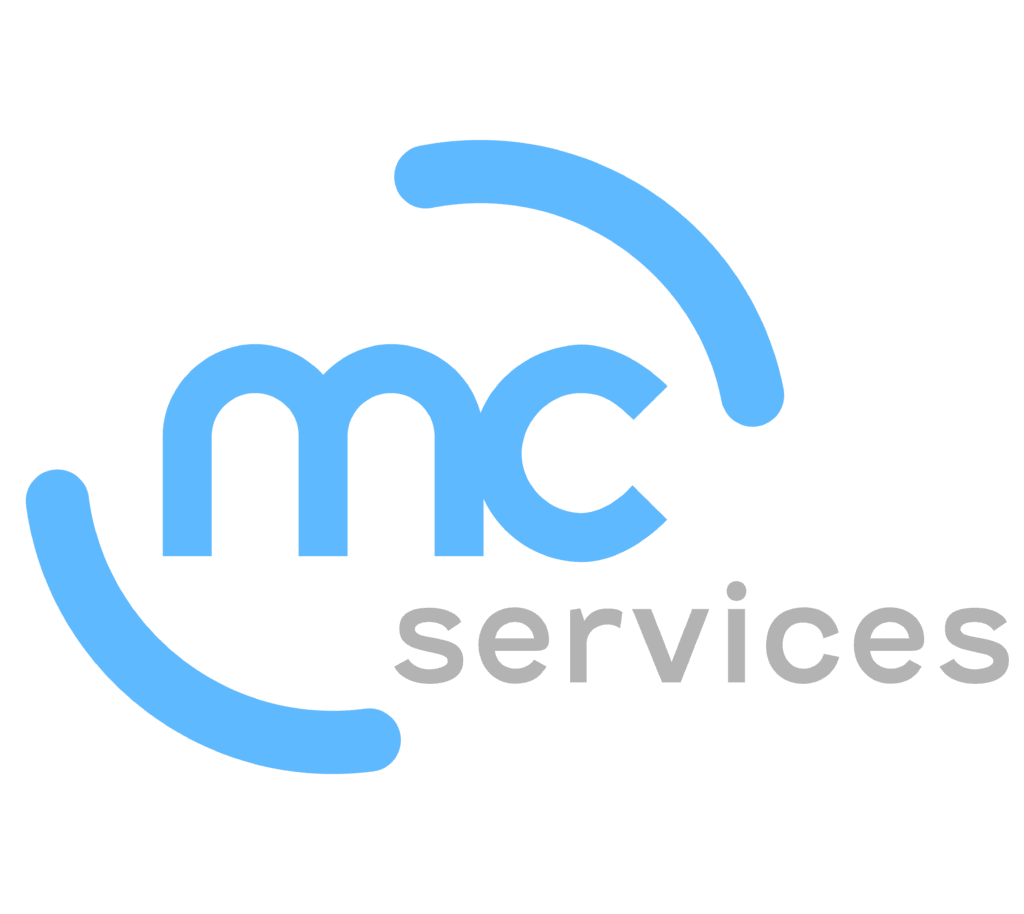The way that businesses approach technology is changing to such a degree that longstanding IT strategies are slipping to the wayside. In response, many organizations find themselves lacking the skills, marketplace knowledge and technical flexibility they need to keep up with more agile, forward-thinking competitors. Companies that have fallen behind in the digital transformation movement aren't out of the race yet. Instead, strategic partnerships in key areas such as IT consulting and training can go a long way in empowering organizations to catch up.
"Longstanding IT strategies are slipping to the wayside."
The changing IT climate
For a long time, IT departments have operated largely in isolation from the rest of the business. In most cases, when the company needed a new solution, a manager would sit down with the tech team to talk through what was necessary, and IT would give the user a simple yes or no. Help desk tasks dominated day-to-day operations, and, for the most part, innovative projects were rare occurrences. This created an environment in which there was a great divide in terms of both priorities and institutional knowledge between IT and business teams. Digital transformation is pushing companies to close this gap.
Deloitte Insights likened this situation to a symphony. With new digital demands pushing businesses to rethink how their IT and business units interact, it is time to eliminate the boundaries between work groups and blend the organization into a cohesive whole. This is happening both within the IT sector – businesses increasingly must deploy multiple technologies in concert to deliver value – and in how organizations use IT innovation to create new business models and engage customers. Companies must align their big-picture corporate strategies, technology plans and operational tactics with much more precision and coordination.
The full implications of digital transformation
As companies respond to the new emphasis on business-technology environment, many find themselves facing new IT realities that make it incredibly difficult to keep up with the rapid pace of change. The scope of IT disruption is staggering.
A survey from 451 Research found that 60 percent of respondents believe that the majority of their IT resources – including major systems – will be housed outside their enterprise data centers by 2019. Yes, in just a year organizations will have gone so all-in on cloud and data center hosting that off-premise will be the dominant strategy in enterprise computing. Furthermore, many companies are spending more on IT expansion and working to empower tech teams to employ service management strategies. However, even as businesses work toward these major IT moves, some companies are still struggling with the IT-business divide that Deloitte was urging businesses to overcome.
The 451 Research study found that more than 60 percent of organizations still lack formalized digital transformation plans. This shortfall is increasing the lack of cohesion between business and IT users and puts the strong need for greater orchestration into sharp contrast. Digital technologies are disrupting longstanding operational models, but many companies have not quite caught up.

Using IT services to get ahead
Businesses that are considering a digital transformation initiative but are worried about the scale and scope of such a project can benefit from strategic IT services to help them identify the best path forward, figure out which solutions make the most sense for their needs and train employees to handle the new technology environment. A few services that are typical with third-party partners are particularly noteworthy under these circumstances:
- IT consulting: There are so many technologies, platforms and service models available in the marketplace that it can be staggering to analyze what your business needs and how different solutions will meet those demands. IT consultants can bring in expertise from a wide range of projects and use industry contacts to help you identify what is right for your business.
- Custom development: Apps are becoming a primary avenue for both consumer and employee activities. Proprietary solutions can give businesses an edge as they try to take full advantage of today's converged technology climate.
- Training: Business-IT alignment is possible only if employees understand how technologies work and can adjust their workflows accordingly. Solutions such as Apple training can be invaluable as companies deploy new devices and technology ecosystems.
Partnering with technology specialists can help organizations close the digital gap and position themselves for success in the marketplace. MC Services offers a full range of custom development, consulting, support and training services, empowering businesses to advance the digital agenda.
